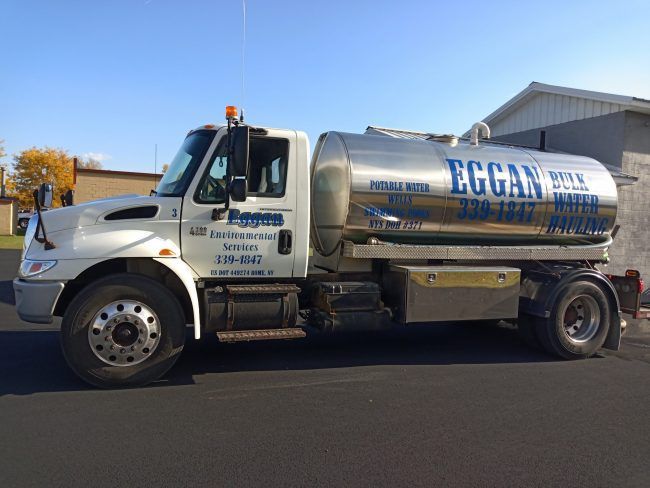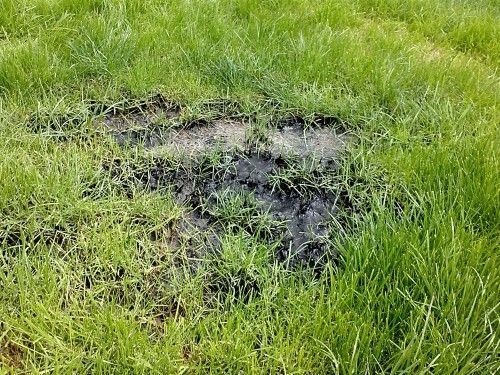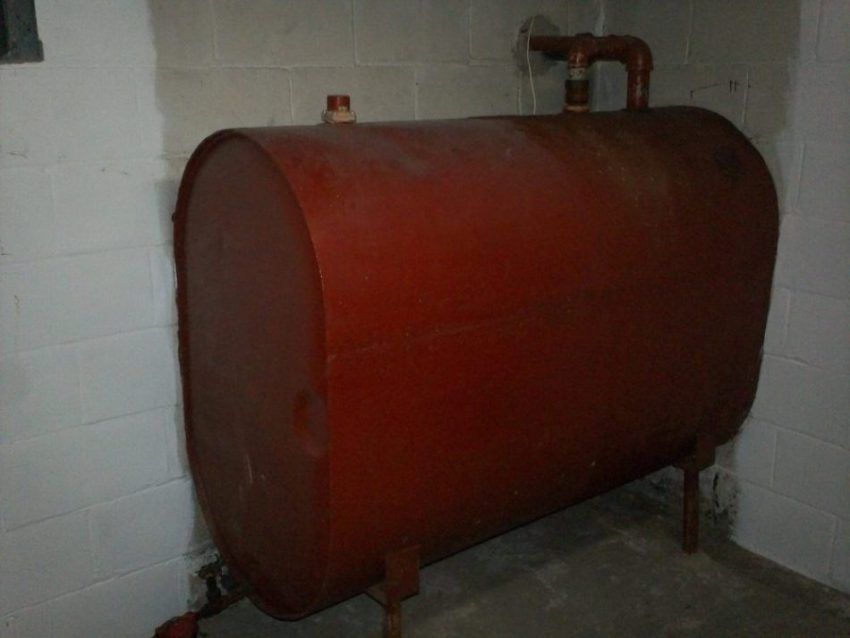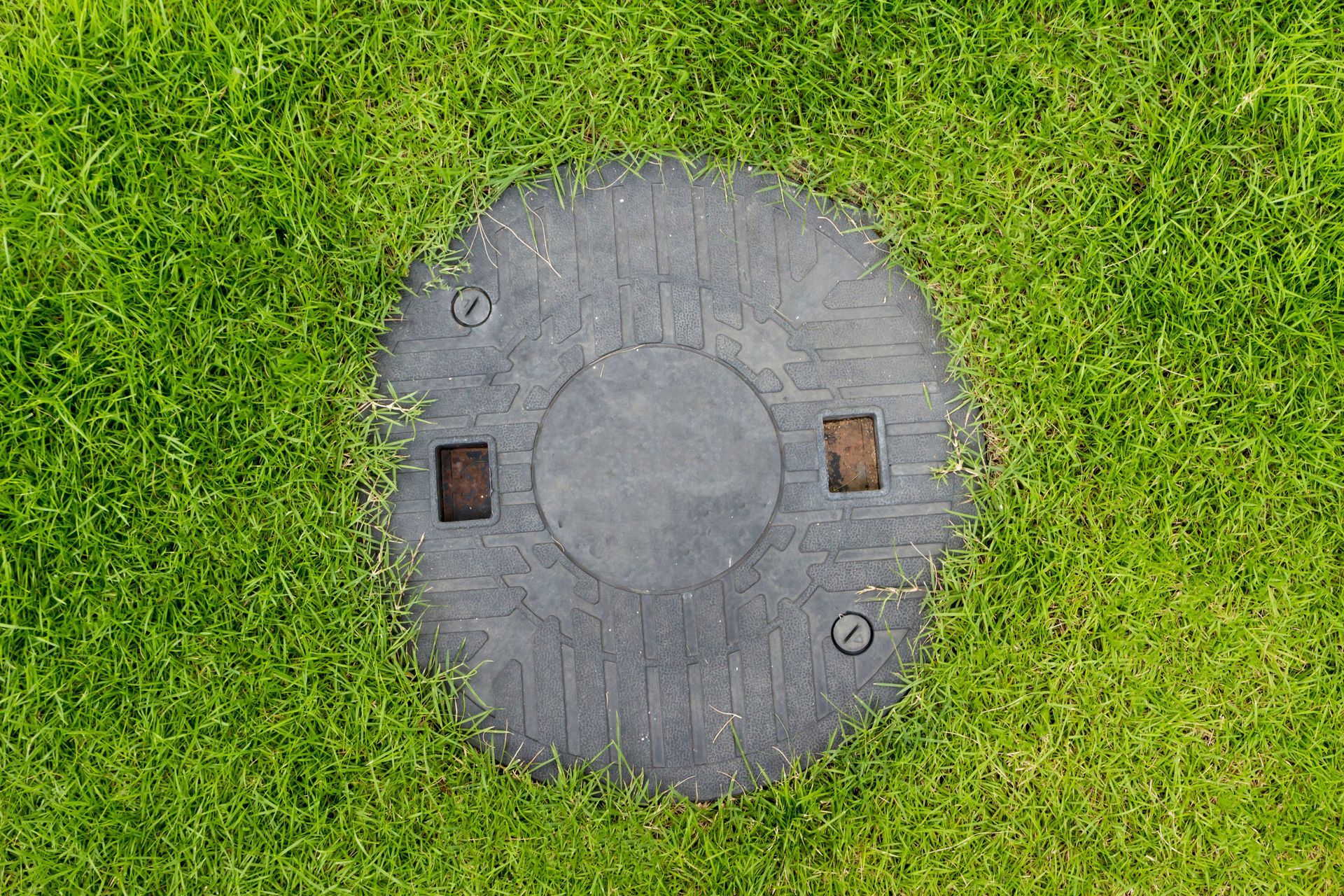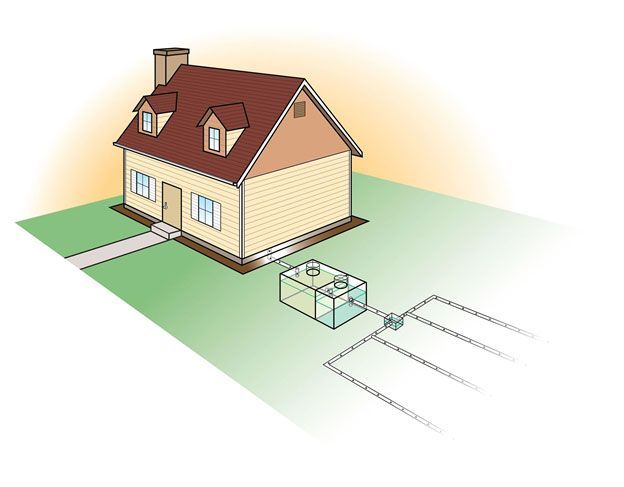4 Tips for Locating Your Septic Tank
4 Tips for Locating Your Septic Tank
Although it may seem easy to keep track of something as large as a septic tank on your property, underground septic tank lids are often more difficult to locate than you think. In some instances, you may not know where the lids are located, especially if you are not the original owner of the property.
Knowing where your septic tank is located is important for regular maintenance, and for planning purposes, if you decide to plant new landscaping, have trees removed, install a pool or fence, or build an addition or deck onto your property. The tips below can help you locate your tank.
When the septic system is functioning properly, a residential septic tank should be pumped every three years for preventative maintenance purposes.
How to find your septic tank
1. Use a septic tank map.
Occasionally, a previous owner will draw a sketch showing the tank’s location and post the sketch in the garage, shed, or somewhere in the house. There may be documents pertaining to the septic tank and its location in the information left from a previous owner, as well. Otherwise, you can try contacting your local Codes Office to see if there is any information on file, depending on when the septic system was installed at the property.
2. Follow the pipes.
If the house has an unfinished basement and you can see where the plumbing leaves the home, usually the tank is about 10 feet off the house, straight out from where the pipes leave the home. This is a general rule of thumb, not a guarantee. You can also gauge the approximate depth of the tank based on how far below grade the pipes are leaving the home.
Please note: if you have a bathroom in the basement, this could mean that your tank is significantly deep, 5 feet or more. If this is the case, please let us know when calling to schedule your appointment, as we may need to use a machine to uncover the tank, rather than digging by hand.
3. Inspect your yard.
If you notice a spot where the snow melts more quickly in the winter, or where the grass is lusher in the summer, this is a good indicator of your septic tank’s location. Septic tanks can be made of concrete, metal, fiberglass, or plastic. A concrete tank usually has metal handles on the covers. If you have a metal detector, it may help you locate the tank depending on what it is made of and the depth of the tank.
4. Look for your septic tank lid.
If you notice a pipe sticking out of the ground, this is likely a vent pipe. Usually, a vent pipe is about 4 inches in diameter and is often made of white PVC. We cannot pump through a vent pipe, as the vent pipe does not go directly into the septic tank. However, the vent pipe is usually located 12 inches or so in front of the septic tank, so this could be helpful in finding the location of your tank. Most tanks have lids with handles that can be lifted off to gain access to the tank. In this case, you do not need to uncover the entire top of the tank, just enough dirt needs to be removed so that the lids can easily be pulled up and set back on without dirt obstructing them. We recommend that both lids are uncovered to do the most efficient job of pumping the tank; you need both ends of the tank uncovered if you have a chamber tank.
After you find your septic tank, be sure to keep the location marked down in a safe place or mark the location for future use. Please call our office at 315.339.1847 for more tips and additional details.
Eggan Septic & Environmental Services has been locating lids and servicing septic tanks in Central New York since 1959. Our trained professionals are ready to help with all your septic tank needs. Call us today at 315.339.1847 to schedule your service.

